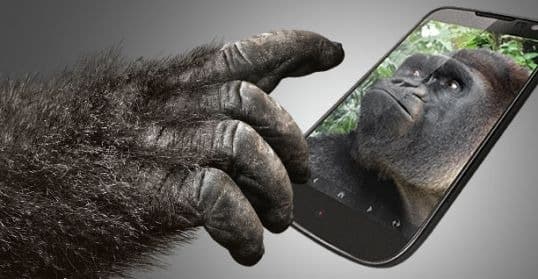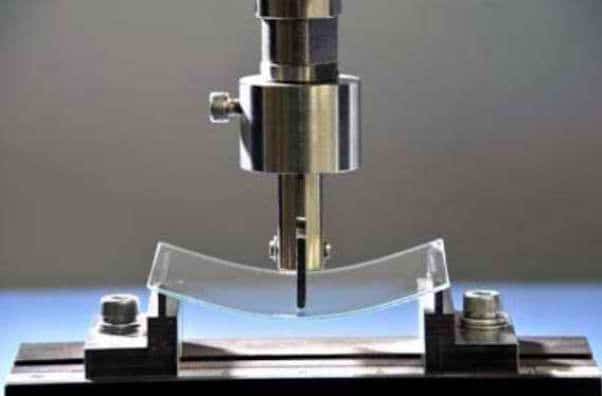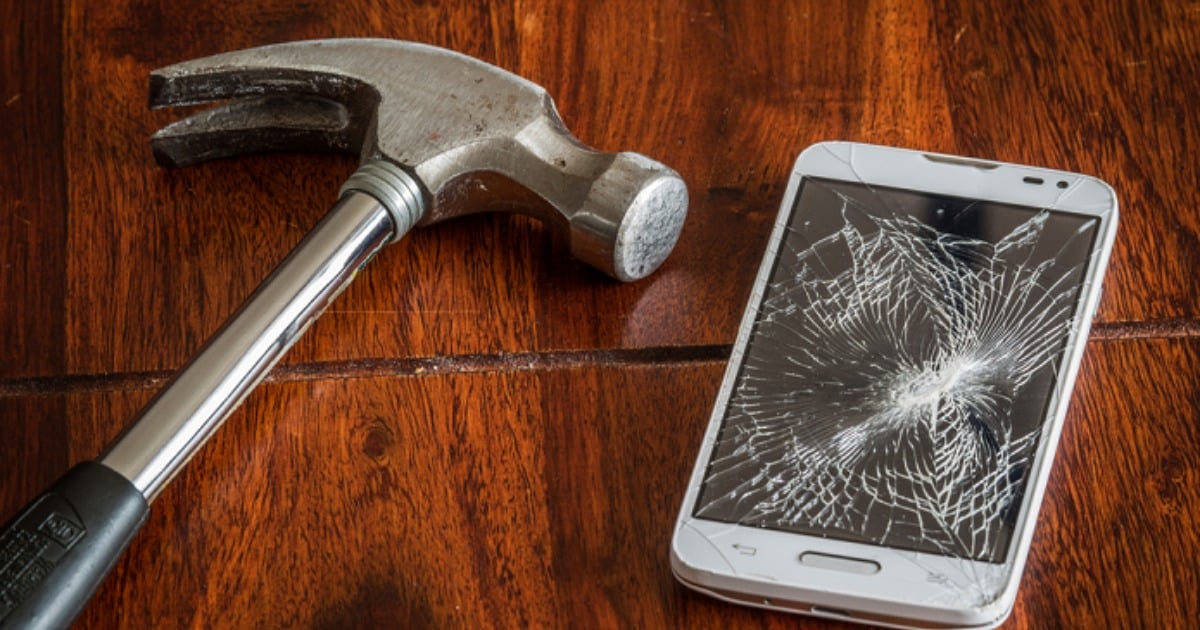You may have heard of Gorilla Glass. This is the name given to the technology that makes glass scratch resistant. Despite being present in a large number of smartphones and tablets, Gorilla Glass is also used in other devices and industrial segments.
What is Gorilla Glass?

Developed by Corning Inc, Gorilla Glass is a glass made from a material called Alkali-Aluminosilicate, formed through a bond with the compound of aluminum, silicon, and oxygen. It is not a material that can be found in nature, ie Corning started developing it in mid-2005. Glass was developed to be thin, resistant to damage and scratches, and also lightweight, at approximately 0.4mm thick.
Gorilla Glass wasn’t Corning’s first move in this area. Previously, called Chemcor, the company developed other types of tough glass that were found in household utensils, ophthalmic devices, automotive, aerospace, and pharmaceutical applications. On smartphones, however, Corning began to thrive in 2010.
While the technology is tough enough to not break with a hammer blow, Gorilla Glass isn’t the kind of protection that makes a smartphone or tablet screen indestructible. Everything will depend on the version of Glass or other factors, such as thickness, so the correct thing to say is that it is a technology that protects the screen of our phones from scratches and deeper scratches.
Below, you will learn more details about the Gorilla Glass versions and their main differences.
The main difference between Gorilla Glass versions

Gorilla Glass 1
The first Gorilla Glass glasses were ready between 2005 and 2006, but the big debut of this technology was with the iPhone. The Apple device was introduced to the world in 2007 and, at the company’s request, the technology on its screen was 1.5mm thick and accompanied an oleophobic coating, which minimized digital marks and smudges on the glass.
The iPhone wasn’t the only smartphone that had Gorilla Glass protection on the screen. Proof of this is that Corning was able to bring its technology to around 250 devices in its first generation alone.
Gorilla Glass 2
In 2012, Corning unveiled Gorilla Glass 2 to the world at that year’s CES. The glass was still strong, but its main feature was its thickness, as the second generation was 20% thinner than the previous model. In lab tests, the glass could withstand nearly 50kg of pressure without cracking or breaking.
That year, Gorilla Glass was already present on 600 million devices. Since it is a thinner version, the second generation has allowed manufacturers to develop lighter and less thick models. The Nexus 4 and Galaxy S3 are two examples of smartphones that ship with Gorilla Glass 2.
Gorilla Glass 3
Gorilla Glass 3 brought greater strength as a novelty, unlike the previous version, which focused on thickness. This generation introduced Native Damage Resistance (NDR) technology, which made glass riskier. According to Corning, the third generation of Glass inhibits 35% of screen scratches.
To celebrate the third version of its technology, Corning has decided to increase the strength of Gorilla Glass three times over its predecessors. This was possible thanks to the new glass production process. The GG 3 debuted at CES 2013 and was featured in models like the Galaxy S4, Moto G, and Moto X.
Gorilla Glass 4
In 2014, Corning introduced Gorilla Glass with a very bold lens. This is because the company began investing in glass reinforcement, as a survey commissioned by the company found that 70% of damage to cell phone screens was caused by falls. Soon, GG 4 came with the idea of being more resistant to falls.
In fact, according to laboratory research, the fourth version of Gorilla Glass was twice as robust as its predecessor. Obviously, this technology does not come close to what is offered by Moto ShatterShield, present in my Moto Force, which is really resistant to major shocks. The Galaxy Note 5 and Zenfone 2 Laser smartphones are some models that arrived equipped with the fourth generation of GG.
Gorilla Glass 5
The fifth-generation has come with an even greater focus on drop resistance, being four times stronger than the previous generation. Corning came to reveal that in lab tests the GG 5 survived a drop of 1.6 meters from a height. Therefore, the manufacturer guarantees that the technology can inhibit up to 80% of falls on extremely rigid surfaces at a height of up to 1 meter.
Gorilla Glass 6
In terms of strength, Gorilla Glass 6 can be understood as Gorilla Glass 5 in scale. It has survived 15 consecutive falls on hard surfaces and promises up to double the resistance.
Gorilla Glass Victus
The seventh generation of the material broke tradition and was called Victus (from the Latin words for conquered or lifestyle). Announced in July, the glass debuted in August covering the screen and back of the Samsung Galaxy Note 20 Ultra smartphone (the base model uses the fifth generation of the material).
According to Corning, the material resists drops on hard surfaces two meters high. In addition, it is up to twice as resistant to scratches as Gorilla Glass 6.
DONT MISS- 10 websites to download free PC programs safely
Other versions of Gorilla Glass
In addition to the main generations of the material, Corning has launched glass models with different applications:
Gorilla Glass DX / DX + (2018)– Aimed at smartwatches and wearables, the material includes anti-glare features for use outdoors. It is used, for example, on the Samsung Galaxy Watch;
Gorilla Glass 3+ (2019)– Designed for intermediate and basic smartphones, the 3+ combines the scratch resistance of the GG3 with 4th generation fall protection (up to 0.8 meters high).
Does my smartphone have Gorilla Glass?
In the past, changes have been made to the versions of devices that arrived in the country. Many manufacturers have traded the technology against scratches and scuffs on their product screens or have developed alternatives on their own, such as Sony. Dragontrail is a similar technology that is widely used by Chinese companies. There are also screens made with compositions of aluminum and sapphire crystals. Does your Android have Gorilla Glass?

